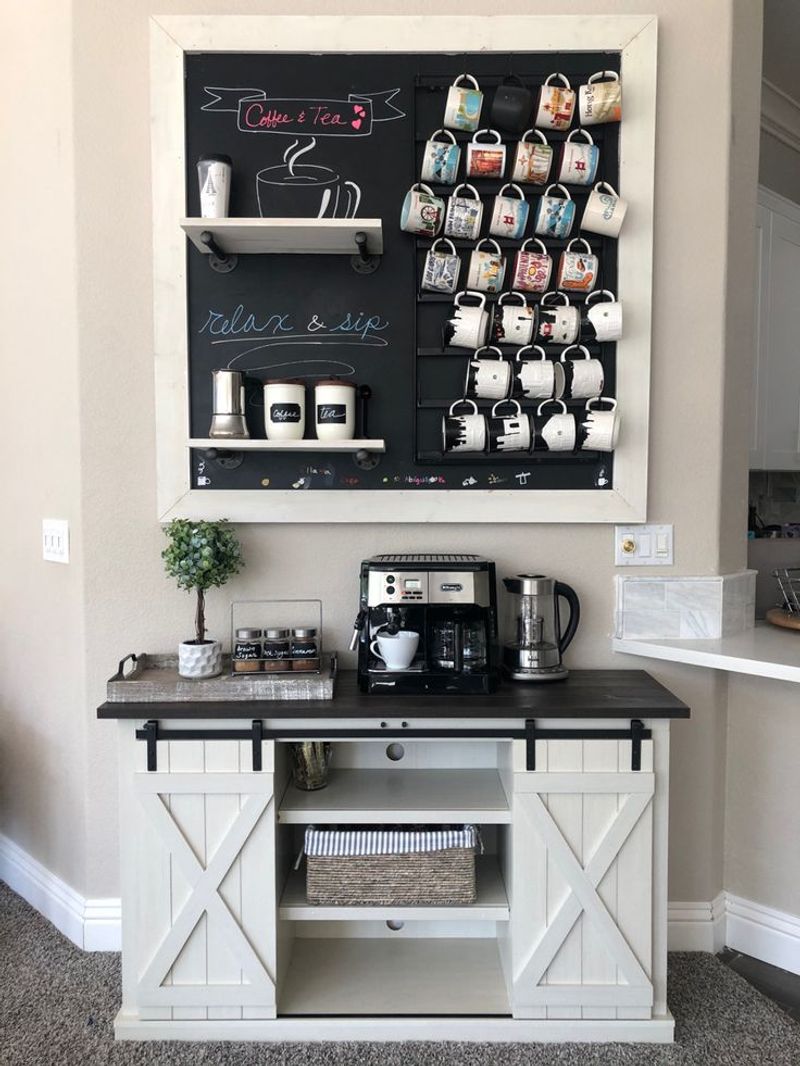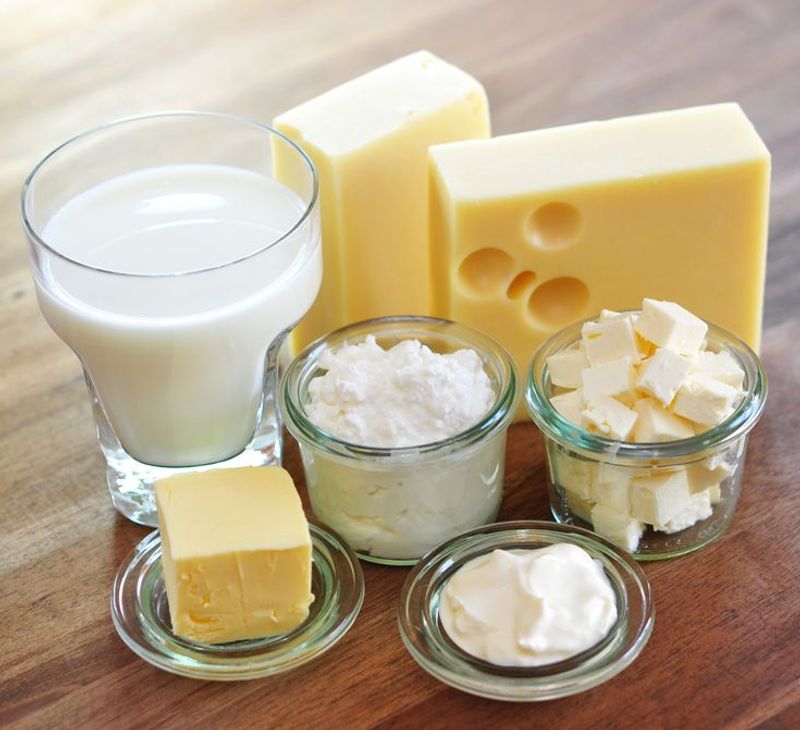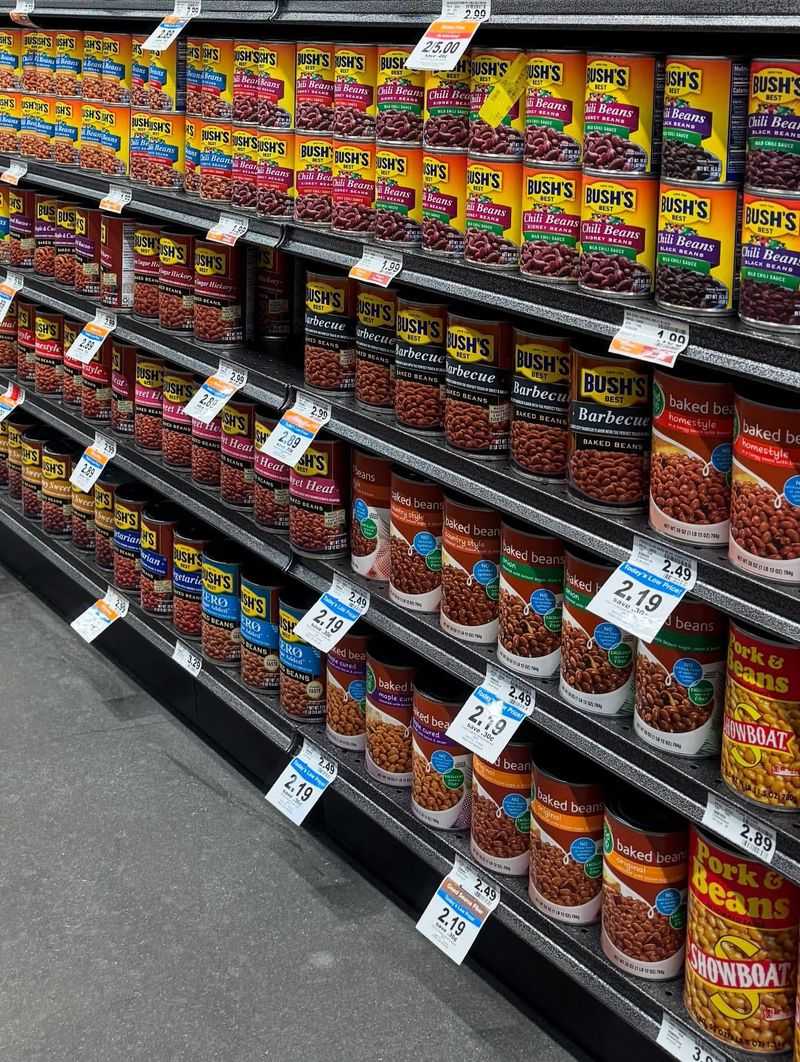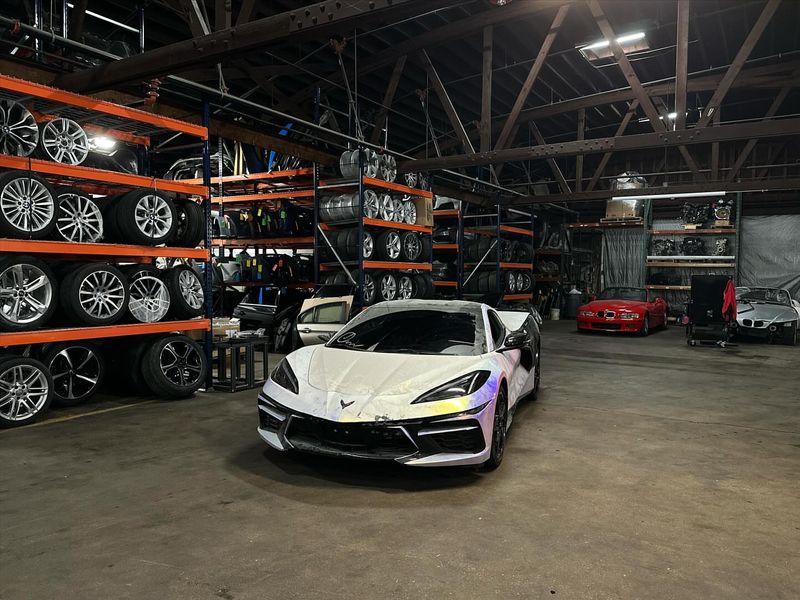The cost of living keeps climbing, and your wallet might feel even lighter in 2025. Economic experts are warning that many everyday items will see significant price increases due to a perfect storm of factors including climate change, trade policies, and rising production costs. Understanding what’s likely to cost more can help you plan your budget and potentially stock up before prices soar.
1. Clothing & Shoes

Your wardrobe refresh might require a bigger budget soon. New tariffs on imported textiles and footwear could drive prices up by a staggering 10-25%. This translates to billions in additional consumer spending nationwide.
Manufacturing costs are also climbing as factories face higher energy bills and labor demands. Many popular brands have already begun quietly adjusting their pricing structures in anticipation. Consider investing in quality basics now that won’t go out of style.
Thrift shopping and clothing swaps may become even more popular as shoppers look for creative ways to update their closets without breaking the bank.
2. Coffee & Tea

Morning brew enthusiasts, brace yourselves. Climate volatility is wreaking havoc on coffee-growing regions worldwide, potentially pushing prices up by approximately 20% in the coming years.
Extreme weather patterns are disrupting harvests in major producing countries like Brazil and Vietnam. Tea prices won’t escape the trend either. Similar agricultural challenges combined with increasing transportation costs mean your favorite beverages will command a premium.
Growing labor shortages in harvesting regions further complicate the picture. Smart consumers might consider buying in bulk when sales happen or exploring subscription services that lock in current prices for extended periods.
3. Electronics

Waiting to upgrade your devices? You might want to reconsider. Trade policy shifts could cause electronics prices—especially laptops and tablets—to rise by an alarming 26-46%. The semiconductor shortage hasn’t fully resolved, creating ongoing supply chain bottlenecks.
Manufacturers are also incorporating more advanced technologies like AI capabilities and improved displays, using these enhancements to justify higher price points. Even repair parts are becoming more expensive, making fix-it-yourself options less economical.
The subscription model is spreading too, with more features locked behind recurring payments rather than included in the initial purchase price. Consider buying refurbished or previous generation models while they’re still available.
4. Meat, Eggs & Dairy

The protein section of your grocery bill is already painful, but prepare for more sticker shock. Egg prices spiked approximately 37.5% last year and analysts predict further increases as production costs continue climbing. Feed prices remain high while avian flu concerns haven’t fully subsided.
Beef and pork producers face similar challenges with increased operating expenses and environmental regulations. Dairy isn’t immune either – milk, cheese, and butter prices are expected to remain elevated due to higher farm operation costs. Extreme weather events affecting grazing land and feed crop production compound these issues.
Budget-conscious shoppers might consider plant-based alternatives or buying in bulk during sales to freeze for later use.
5. Grocery Staples & Fast Food

Your grocery cart total will likely continue climbing with staples expected to see 3-6% inflation. Transportation costs, packaging expenses, and labor demands are all contributing factors pushing prices upward across nearly every aisle. Even budget-friendly fast food options are feeling the squeeze.
Major chains have reported menu price increases averaging 3.5% with more hikes anticipated. The dollar menu is becoming a thing of the past as even value offerings creep upward. Cooking oils, grains, and packaged foods are particularly vulnerable to these price pressures.
Meal planning, buying store brands, and utilizing loyalty programs can help offset some of these increases without sacrificing quality or nutrition.
6. Furniture & Appliances

Home furnishings are set to command higher price tags with industry analysts projecting up to $10 billion in additional consumer spending due to tariffs and rising input costs. Wood, metal, and fabric prices continue trending upward, affecting everything from sofas to dining tables.
Appliance manufacturers face similar challenges with components becoming more expensive and energy efficiency requirements adding to production costs. Supply chain disruptions haven’t fully normalized, creating ongoing inventory challenges.
The timing of purchases becomes increasingly important. Consider shopping during major holiday sales events or floor sample clearances. For necessary replacements, buying slightly ahead of immediate need might save substantial money before the next round of price adjustments takes effect.
7. Cars & Auto Parts

Vehicle ownership costs are accelerating faster than a sports car. U.S. trade policy changes could add approximately $3,000 to new vehicle prices as manufacturers pass along increased costs to consumers. The chip shortage continues affecting production capacity and pricing power.
Used car markets won’t provide much relief either. As new cars become more expensive, demand for quality pre-owned vehicles pushes those prices upward too. Auto parts, both new and used, are following the same trajectory. Regular maintenance becomes even more economically important to extend vehicle lifespans.
Some consumers are extending their normal replacement cycles, keeping vehicles longer than planned. Others are exploring car sharing or subscription services as alternatives to traditional ownership.
8. Home Improvement Supplies & Lumber

DIY enthusiasts and contractors alike will feel the pinch as home improvement materials continue their upward price trajectory. Lumber costs have been particularly volatile, significantly impacting renovation budgets and new construction pricing.
Weather events affecting timber-producing regions continue to create supply uncertainties. Tools, hardware, and finishing materials are all experiencing similar price pressures. Paint prices have increased substantially due to chemical component costs and manufacturing expenses.
Planning becomes crucial for managing these rising costs. Purchasing materials in phases rather than all at once allows for strategic buying during temporary price dips. Some homeowners are prioritizing smaller, high-impact projects over complete renovations to manage expenses while still improving their living spaces.
9. Energy & Utilities

Keeping the lights on and the temperature comfortable will command more of your monthly budget. Home energy bills—including electricity, gas, and water—are forecast to increase due to aging infrastructure upgrades, commodity price spikes, and regulatory changes. The transition to renewable energy sources, while beneficial long-term, creates short-term cost increases as utility companies invest in new technologies and distribution systems.
Peak usage pricing models are becoming more common, making energy costs less predictable. Smart home technology investments like programmable thermostats and energy-efficient appliances become more financially attractive as they help mitigate these rising costs. Some homeowners are exploring solar installations with current tax incentives before utility prices climb further.
10. Streaming Services & Subscriptions

Entertainment budgets will need adjustment as streaming services continue their pricing march upward. YouTube TV already implemented a $10 monthly increase, with competitors likely to follow suit.
Content acquisition costs and production expenses are cited as primary drivers. The era of password sharing is ending as platforms crack down on multiple household usage. Many services are introducing tiered pricing with ad-supported options at lower price points while premium ad-free experiences command significant premiums. Subscription fatigue is becoming real as consumers face decisions about which services provide sufficient value.
Strategic subscription management—temporarily canceling services between must-watch seasons—is becoming more common. Some viewers are returning to traditional media options like library borrowing for entertainment alternatives.

Comments
Loading…